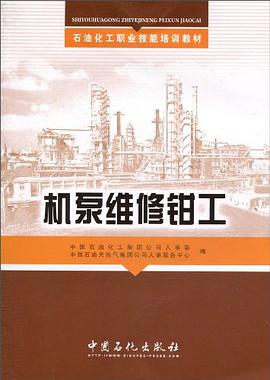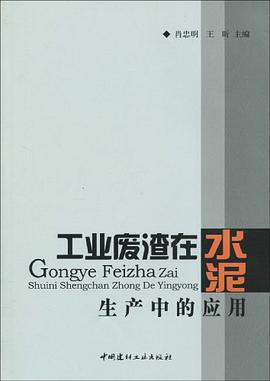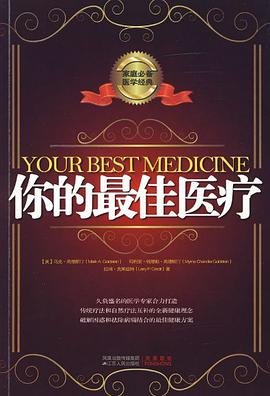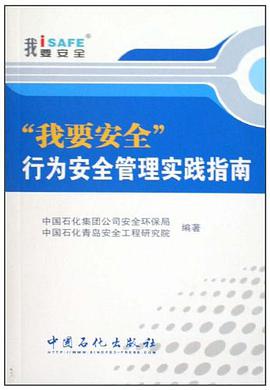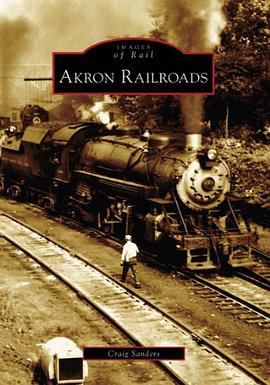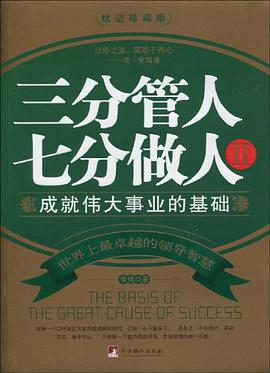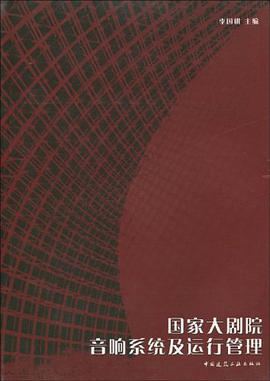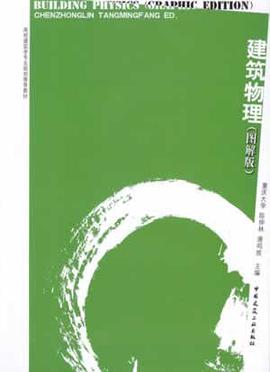

In 1884 American physicians discovered the anesthetic value of cocaine, and over the next three decades this substance derived from the coca plant became so popular that it became, ironically, a public health problem. Demand exceeded supply; abuse proliferated. The black market produced a legendary underground of "cocaine fiends." As attempts at regulation failed, Congress in 1914 banned cocaine outright, and America launched its longstanding war against now-illegal drugs. Challenging "traditional thinking about both the 'rise' and 'fall' of drug problems" (which makes legal prohibition the pivotal point in the story), Spillane examines phenomena that have eluded earlier students of drug history. He explores the role of American business in fostering consumer interest in cocaine during the years when no law proscribed its use, the ways in which authorities and social agents tried nonetheless to establish informal controls on the substance, and the mixed results they achieved. In asking how this pain-allaying drug became recognizably dangerous, how reformers tried to ameliorate its social effects, and how an underground of cocaine abusers developed even before regulation of the drug industry as a whole, Spillane discovers contingency, complication, and mixed motives. Arguing that the underground drug culture had origins other than in federal prohibition can tell us as we face questions about drug policy today.
具体描述
读后感
评分
评分
评分
评分
用户评价
相关图书
本站所有内容均为互联网搜索引擎提供的公开搜索信息,本站不存储任何数据与内容,任何内容与数据均与本站无关,如有需要请联系相关搜索引擎包括但不限于百度,google,bing,sogou 等
© 2025 book.wenda123.org All Rights Reserved. 图书目录大全 版权所有




